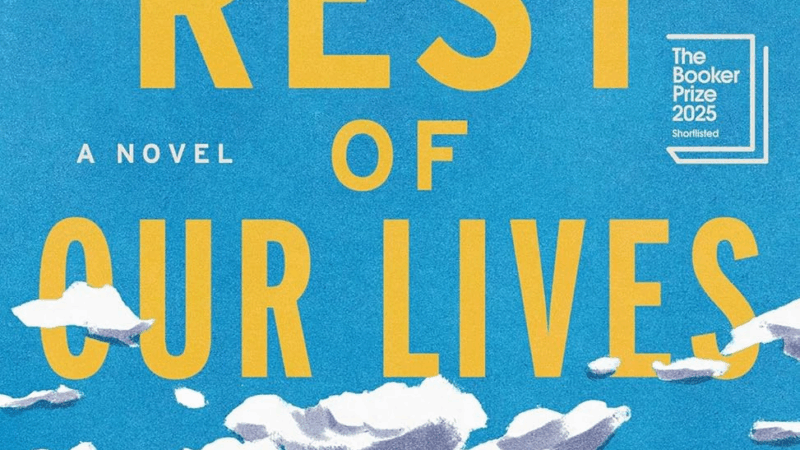How History Can Heal
Historical markers and memorials around Birmingham are reminders of the city’s painful and violent civil rights past. But they can also be means for reconciliation. That’s what Vanderbilt University graduate student Stephanie Fulbright argues.
In her research, she looked at these public objects in Birmingham, and in Northern Ireland where residents endured years of conflict between Roman Catholics and Protestants in what they call “The Troubles.”
Think Like a Historian
Fulbright draws a distinction between “memory” and “history.” Both look at the past, but they do so in different ways.
“Memory is based on emotion. It’s based on how we feel,” says Fulbright. Memory could be thought of as the stories a family elder tells around the dinner table.
Memory is “squishier” than the discipline of history, which is based on source material and facts. But Fulbright says that doesn’t mean history is beyond criticism while memory is unreliable.
“Facts require interpretation and so there always is a level of subjectivity in there,” says Fulbright. “I think it’s important to not disregard either end of that [memory and history].”
Fulbright says learning to think like a historian through questioning sources, wrestling with conflicting opinions and becoming more curious makes people more empathetic. That in turn, she says, can lead to reconciliation and healing.
A Platform for Conversation
Fulbright says historic markers, public art, and museums can be examples of history and memory that allow people to discuss different views.
“[They can say] Alright what do you think about this?” says Fulbright. “That’s encouraging that type of thinking.”
Fulbright also looked at churches and social justice organizations in Northern Ireland that worked to add complexity and nuance to the traditional historical narratives. She says those who led these programs said people from both sides of the conflict developed empathy as they recognized their own experiences but also learned more about the other side.
“People built friendships out of these classes,” says Fulbright. ”[They] now had a greater appreciation for the story of the other side, but also now knew someone on the other side and had a personal relationship with them.”
Fulbright says the most successful reconciliation work she observed was on this personal level. But she says this kind of discussion can apply to truth commissions or debating how history is taught in schools.
“For reconciliation and healing to take place, I think there does need to be this recognition of a shared humanity,” says Fulbright. “That is a hard thing to do on a mass scale.”
Comparing Birmingham to Belfast
Fulbright says both cities have museums to record their tumultuous pasts. But the way they approach them is different.
“The Birmingham Civil Rights Institute, I think, has a much clearer vision of the story they want to tell than the Ulster Museum [in Belfast],” says Fulbright.
She says the Ulster Museum takes a conservative approach by not saying too much in an attempt to appease both sides. She says BCRI presents its interpretation of history and the reasons for it.
“I think it’s a much stronger result,” says Fulbright.
Fulbright says the 16th Street Baptist Church, the site of a Ku Klux Klan bombing that killed four black girls in 1963, does a good job of telling the story of its involvement in the Civil Rights Movement along with presenting the church as a living congregation today.
Meanwhile churches in Northern Ireland mostly stood aside as conflict raged between Protestants and Catholics and did little to intervene to stop the fighting.
“It’s a lot harder to find acknowledgement of the Troubles in churches in a formal way,” says Fulbright.
Bringing the Research Home
Fulbright says this kind of conversation is too often confined to academia, but she believes there is application for those living in the South trying to deal with this history. She says people should consider how they think about the past and be more observant of the stories that are told.
“Starting to have an awareness of…these themes keep coming up. There seems to be something there,” says Fulbright. “Or we only talk about this thing and we never talk about this other thing. I wonder why that is?”
That goes for formal history and when Grandma’s reminiscing.
Hear an extended interview with Fulbright:
Top Instagram reels from Goats and Soda in 2025: Plumpy’Nut, aid cuts, soccer grannies
Our most-viewed Instagram videos include reports from a Rhode Island factory that makes special food for malnourished children and from a tournament for soccer-playing "grannies."
‘The Rest of Our Lives’ takes readers on a midlife crisis road trip
America's literary highways may be plenty crowded with middle-aged runaways fleeing lives that increasingly feel like a bad fit. But Ben Markovits adds a moving tale to the collection.
Hunker down with these 13 mysteries and thrillers from 2025
Mysteries and thrillers are enjoyable no matter the season, but there's something extra satisfying about curling up in the winter with a warm drink and an all-engrossing read. Here's what we suggest.
Should the U.S. model its vaccine policy on Denmark’s? Experts say we’re nothing alike
The Trump administration wants to revamp U.S. childhood vaccination recommendations to align with some other peer nations, including one tiny country in northern Europe.
Marijuana rescheduling would bring some immediate changes, but others will take time
President Trump set the process in motion to ease federal restrictions on marijuana. But his order doesn't automatically revoke laws targeting marijuana, which remains illegal to transport over state lines.
The cultural works becoming public domain in 2026, from Betty Boop to Nancy Drew
The original Betty Boop, the first four Nancy Drew books and Greta Garbo's first talkie are among the many works from 1930 that will be free to use, share and remake starting on Jan. 1.







